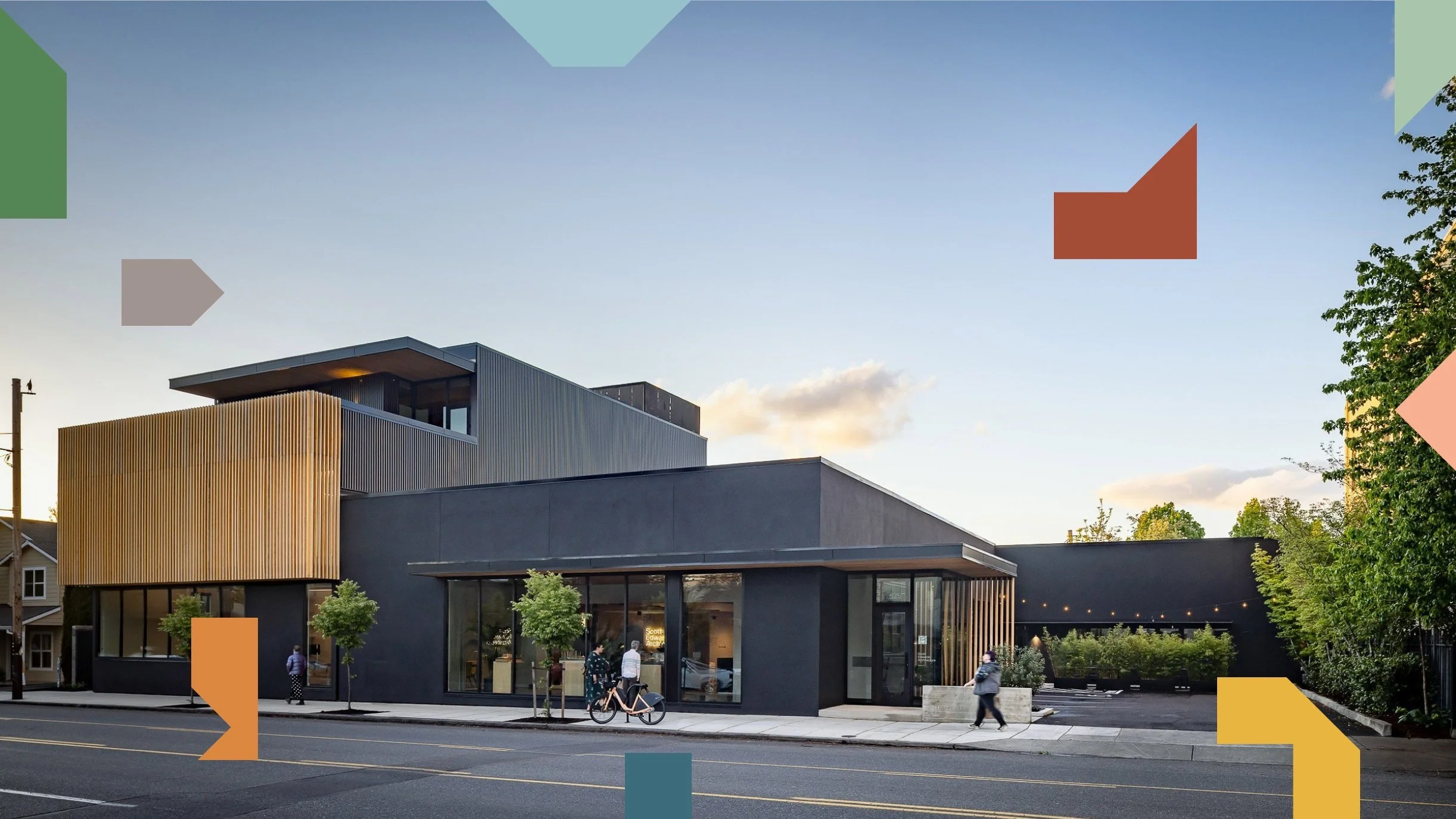UX/UI Strategy: Creating Intuitive, Inclusive Digital Experiences
User experience (UX) and user interface (UI) design are where strategy meets interaction. The digital experiences we create are intuitive, inclusive, and rooted in your brand strategy. From wireframes to interface design, we help you build websites and tools that look beautiful, and feel effortless to navigate.
Featured UX/UI Strategy Projects
How We Approach UX/UI Strategy: FAQs
Q: What’s the difference between UX and UI?
A: UX (user experience) focuses on how people interact with your website or product—navigation, flow, and usability. UI (user interface) focuses on visual design—how things look and behave on screen. Both work together to create seamless digital experiences.
Q: Why does UX/UI matter?
A: UX/UI determines how easily your audience can connect with your content. Good UX reduces friction and confusion, while strong UI ensures every interaction feels intentional and aligned with your visual identity.
Q: How do you approach UX/UI design?
A: We start with discovery and research, then create site maps, wireframes, and interactive prototypes. Each decision is guided by your content strategy and accessibility standards to ensure an inclusive experience.
Q: What tools or methods do you use?
A: We use tools like Figma and Adobe XD for wireframes and prototypes, and we collaborate closely with our website development team to ensure design integrity through launch.
Q: How do you test user experience?
A: We combine stakeholder feedback, accessibility testing, and analytics review to understand how users interact with your site. This helps us refine design for clarity and impact.
Q: Can you improve an existing website’s UX/UI?
A: Yes. We conduct UX audits to identify friction points, accessibility gaps, and design inconsistencies, then make targeted recommendations to improve overall usability.









In collaboration with Dr. Bronner's and One Step Closer, our team expanded the Purpose Pledge brand to design and launch a new initiative focused on sustainable, community-centered practices.